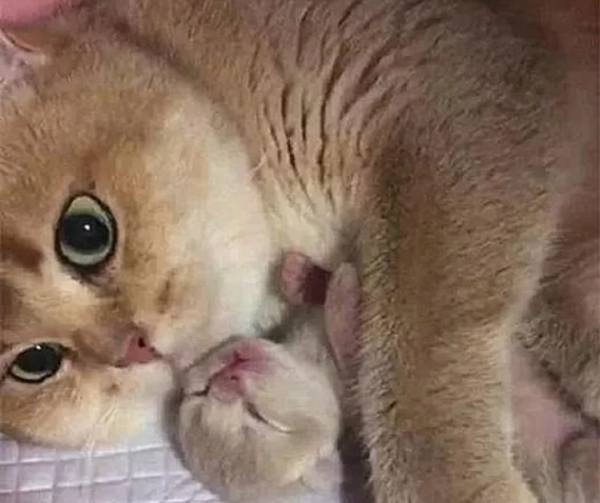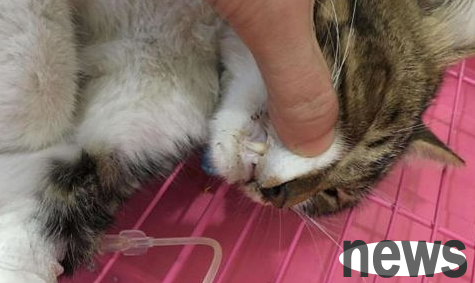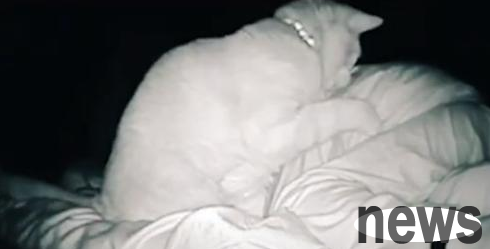The most suitable time for ovulation of female dogs and breeding of female dogs
Among the many reasons for empty intestines, the inability to determine the ovulation time and the optimal adaptation time of the female dog may be an important reason for empty intestines. The author analyzed the methods to judge the ovulation time of female dogs from the aspects of investigation of fertility history, clinical examination, laboratory examination, and laparoscopic observation of changes in the uterus and ovaries, and strived to find a method to determine the optimal breeding time for dogs for use.
1. Investigate the birth history. Mainly understand age, health status, epidemic prevention system, breeding management, the time and cycle of last estrus, pregnancy and delivery status, litter number, weaning time and number of weaning, family reproductive ability, whether to use contraceptive drugs or pregnancy interruption drugs, etc.
2. Clinical examination

(I) Penile examination. In the early stage of estrus, there is edema, enlarged, and hemorrhagic secretions, and the surrounding and tail hairs around the vagina and tail hairs are moist and bonded; in the estrus, the tail swings to one side when touching the vagina and vagina, and the posterior drive is increased, and the edema in the late stage of this period decreases; after the end of estrus, it recovers 1-2 weeks, manifests as the vagina is small, wrinkled, and has good tension.
(II) Vaginal secretion examination. Uterine and vaginal secretions flow out during certain stages of estrus, delivery and postpartum, and under certain pathological conditions. The secretions in the early stage of estrus are blood samples, and the color of the secretions gradually turns yellow or grassy. There is little or no secretion discharge during late estrus and erectile dysfunction.
(III) Vaginal examination. After cleaning the vagina, use a sanitizer and match the appropriate light source to observe the mucosa and secretions and feel the tension of the vagina. In the early stage of estrus, the surface of the mucosa is smooth, and the opener is easy to insert; in the later stage, there is resistance, the mucosa is rose-red, edema, wrinkles, a large amount of blood-stained secretions can be seen, and the cervix is slightly opened. During the estrus period, the insertion of the opener has resistance, thickened mucosa, pale and wrinkles. Since changes in the vagina, vagina and secretions are secondary to changes in hormone levels in the body, it is not accurate enough to estimate the ovulation time and requires experience. When using this method to determine the breeding time, breeding should be done twice at intervals of 48 hours.
III. Laboratory examination
(I) Cytological examination. Vaginal epithelial cytology changes are closely related to changes in estrogen levels. Examinations should be performed 24 hours apart and combined with other clinical examinations and fertility history investigations. During sampling, fix the dog on the table to keep the vagina horizontal, separate the vagina with two fingers, and sample with cotton balls and thin tubes soaked in isotonic saline. When sampling with a cotton ball, insert the cotton ball into the vagina and then rotate it to remove it; when sampling with a thin tube, insert the thin tube into the cervix and then slightly retreat, squeeze out several drops of isotonic saline, and then suck it into the thin tube and then remove it. The obtained sample was placed on the slide, push the slice with another slide, and then fixed. After staining, use a normal microscope to examine. Those who do not stain can use a phase contrast microscope to examine. Epithelial cells in the early stage of estrus have nuclei, and a large number of basal and intermediate cells appear in the early stage, as well as white blood cells and red blood cells; in the later stage, the number of basal, small, medium-sized, and red and white blood cells decreases, and eosinophilic epidermal cells appear. At the beginning of the estrus, a large number of eosinophilic and basophilic epidermal cells and some large intermediate cells appear, and a small number of anuclear cells and red blood cells; in the later stage, the main reappearance of eosinophilic epidermal cells, anuclear cells and cell debris, white blood cells and nucleated epithelial cells. Epidermal cells still exist in late estrus, and basal cells and intermediate cells increase; white blood cells increase in the first 10 days of this period, then decrease, disappear after 20 days, and bubble cells and late estrus cells appear in large quantities. During the eczema period, a small number of basal cells, intermediate cells and white blood cells can be seen, and sometimes foam cells can be seen. It should be noted that vaginal cytology examination cannot determine the occurrence of LH peaks and ovulation time, but the cycle stage can be inferred based on this.
(b) Progesterone determination in blood. The rapid progesterone determination method was used to determine the concentration of progesterone in peripheral blood three times a week. It can be seen that when the LH (progesterone) peak occurs, the progesterone concentration begins to increase, and when ovulation begins, the progesterone concentration increases rapidly. This method can determine the ovulation time more accurately, thereby improving the mating and fetal rate. Since there is currently no method to quickly determine LH, it is not possible to determine the breeding time by directly determining LH.
4. Observe the changes in the uterus and ovaries by laparoscopy
There are data that observing the vascular changes in the female dog's uterus can determine the ovulation time of the female dog.
In fact, by observing the development of follicles on the ovary using laparoscopy, the ovulation time can be accurately determined, that is, part of the follicle protrudes about 1.5 mm from the surface of the ovary, and its apical clear, which indicates that the female dog is about to ovulate, and this is the optimal time for breeding. If the "follicles" seen on the ovaries are collapsed in the middle and are flesh-red, it indicates that ovulation has occurred, and the "follicles" at that time have developed into corpus luteum. Through several practices, the author found that this method is unrealistic, because the ovaries of dogs are different from other domestic animals. Most female dogs' ovaries are surrounded by thick fat, making it difficult to see the development of follicles.
Whether this method is feasible remains to be proved by practice.
5. Determine the optimal adaptation time
Since meiosis takes 2-5 days after ovulation, it takes about 7 hours for sperm to gain energy in the female dog's reproductive tract, the optimal adaptation time can be determined based on the following parameters.
Determination of the best adaptation time
Parameters....The best adaptation time
Female dogs began to be interested in male dogs...3-5 days later,
Female dogs are willing to accept male dogs' crawling...2-3 days
The vaginal discharge appears...10-14 days
Vacuum secretions turn yellow....2-3 days
Progesterone concentration increases rapidly...2-3 days
nuclei and epidermal cells.... When a large number of leukocytes.... When estrus reappears,
















